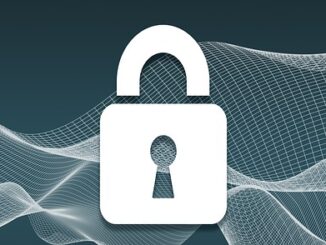Researchers at University of California San Diego School of Medicine have discovered a previously unrecognized mechanism by which Staphylococcus aureus—one of the most common causes of skin and soft tissue infections worldwide—delays wound healing. The new study reveals that quorum sensing—a process in which bacteria communicate and coordinate behavior with one another—is a key driver of delayed healing in wounds infected by S. aureus. The findings suggest that by using drugs to interfere with quorum sensing, it could be possible to enhance wound healing without relying on antibiotics, reducing the risk of resistance and improving healing outcomes for patients.
Bacterial communication delays wound healing by disrupting skin cell repair
Tech News
-
 Highlights
HighlightsFree Dark Web Monitoring Stamps the $17 Million Credentials Markets
-
 Highlights
HighlightsSmart buildings: What happens to our free will when tech makes choices for us?
-
 Apps
AppsScreenshots have generated new forms of storytelling, from Twitter fan fiction to desktop film
-
 Highlights
HighlightsDarknet markets generate millions in revenue selling stolen personal data, supply chain study finds
-
 Security
SecurityPrivacy violations undermine the trustworthiness of the Tim Hortons brand
-
 Featured Headlines
Featured HeadlinesWhy Tesla’s Autopilot crashes spurred the feds to investigate driver-assist technologies – and what that means for the future of self-driving cars




